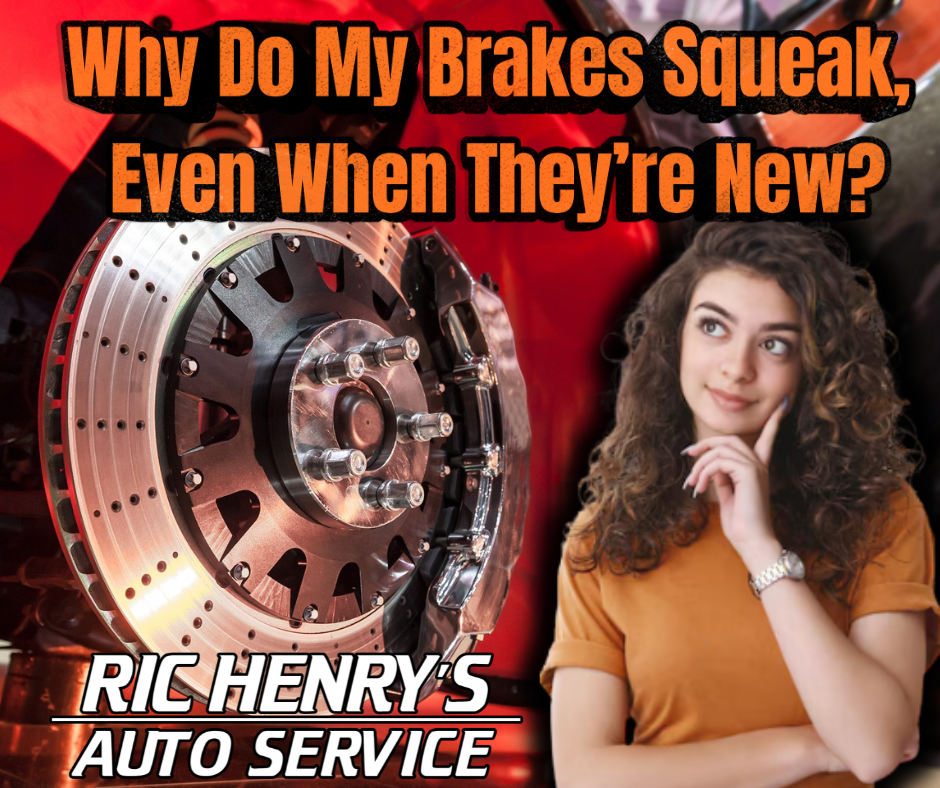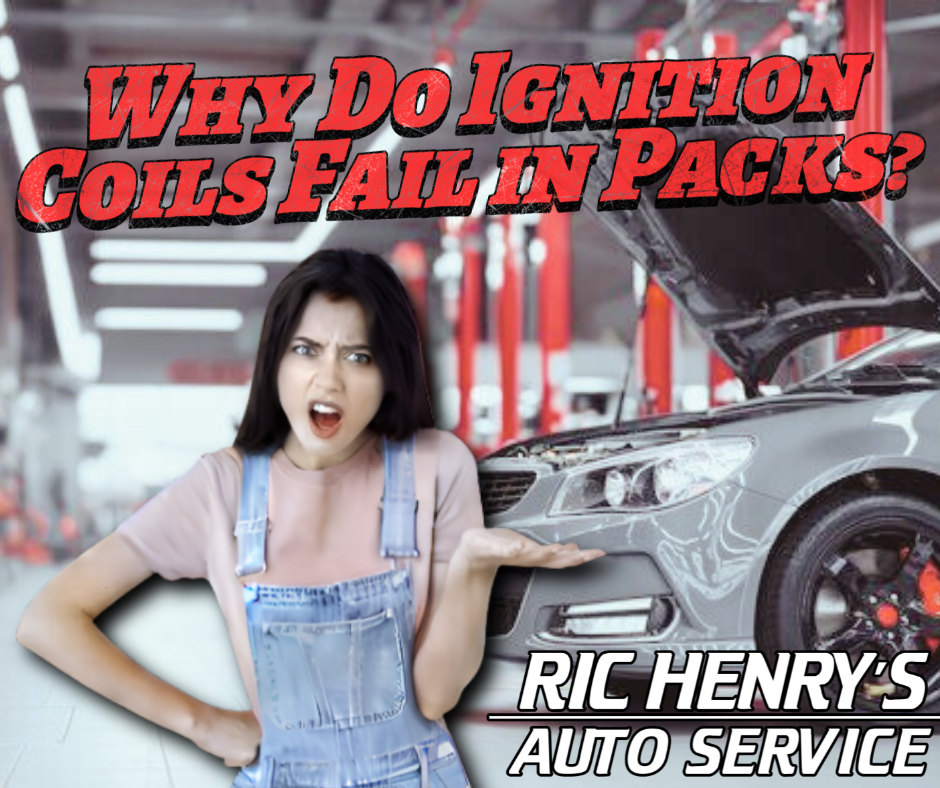How the Used Car Market Is Evolving in 2025
NaTasha Brand • August 4, 2025
(And Why You Should Care)

The used car market isn’t what it used to be—literally. Gone are the days when buying pre-owned meant settling for a clunker that lost half its value the second you drove it off the lot. In 2025, used cars are holding their value like never before, and if you're shopping in San Angelo, Texas, understanding these trends could save you thousands.
Why Are Used Cars Holding Their Value Longer?
Several factors are keeping used car prices strong:
• New Car Shortages Lingering – Supply chain issues from the pandemic era aren’t entirely resolved, making new cars harder to get (and pricier). That means more buyers are turning to used vehicles, keeping demand high.
• Better Build Quality – Modern cars are built to last longer, with improved engines, transmissions, and rust-proofing. A well-maintained 5-year-old car today might run like new for another decade.
• EV & Hybrid Resale Uncertainty – While electric vehicles are gaining traction, many buyers are still wary of battery degradation, making reliable gas-powered used cars more desirable.
The #1 Rule of Used Car Shopping: Get a Second Opinion
Buying used? Great! But don’t skip the pre-purchase inspection (PPI). That "clean" Carfax report and smooth test drive might hide lurking issues—bad transmission fluid, hidden frame damage, or a turbocharger on its last legs.
At Ric Henry’s Auto Service in San Angelo, we’ve seen it all. Our expert technicians use the same tools and equipment as dealerships, giving you an honest, thorough evaluation before you commit. Plus, with our 3-year/36,000-mile warranty, you can drive off with confidence—not regrets.
What Does This Mean for San Angelo Buyers?
• Shop smart. A $15,000 used car today might still be worth $12,000 in three years if you maintain it well.
• Avoid "as-is" nightmares. A PPI from Ric Henry’s could reveal a $4,000 repair hiding behind a "great deal."
• Maintenance pays off. Keeping up with fluid changes, brakes, and belts preserves resale value.
The used car market isn’t just surviving—it’s thriving. But remember: a cheap car isn’t a deal if it turns into someone else’s problem. Get it checked, keep it maintained, and drive happy.
"Don’t buy a rodeo horse without checking its hooves first."






Share On: